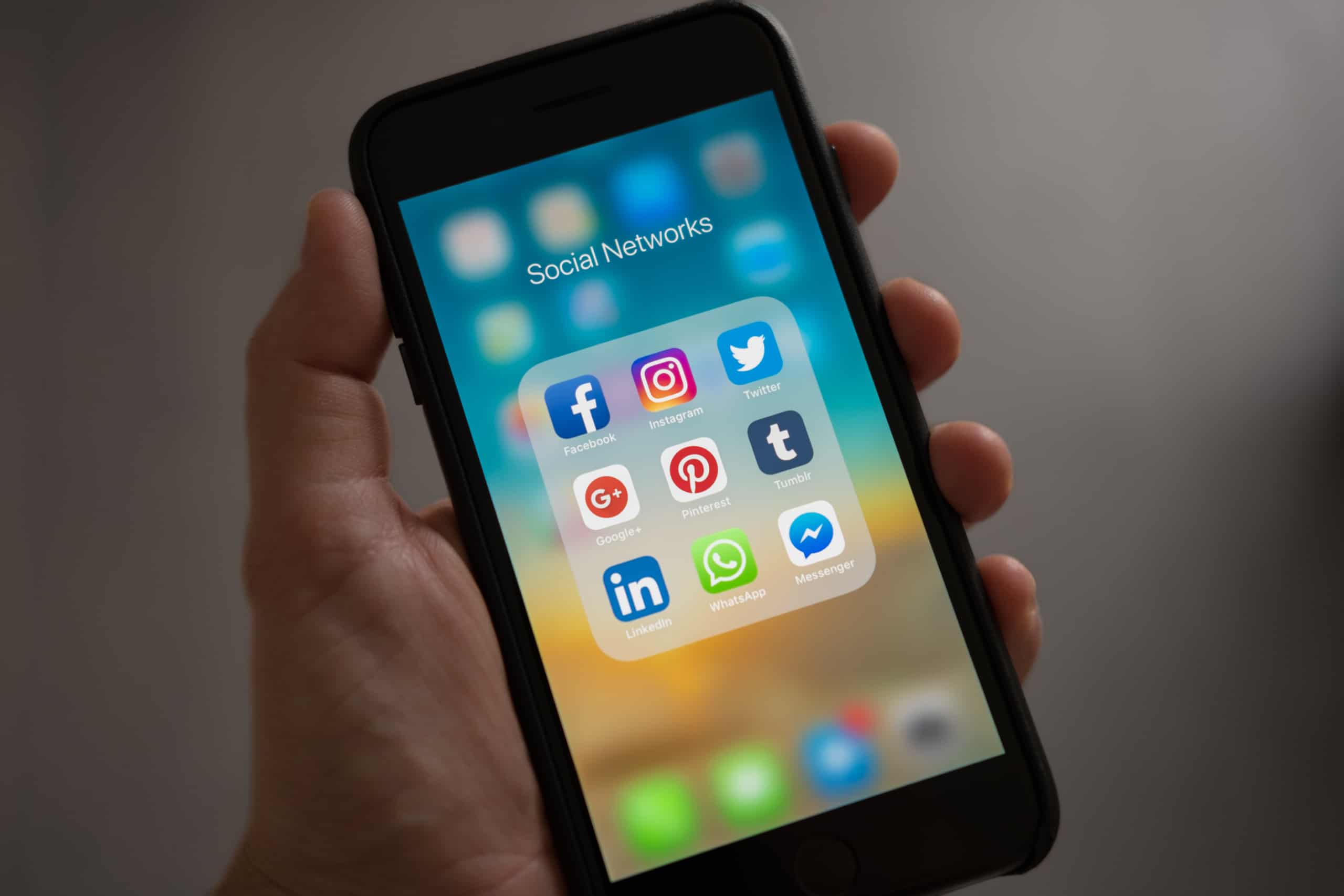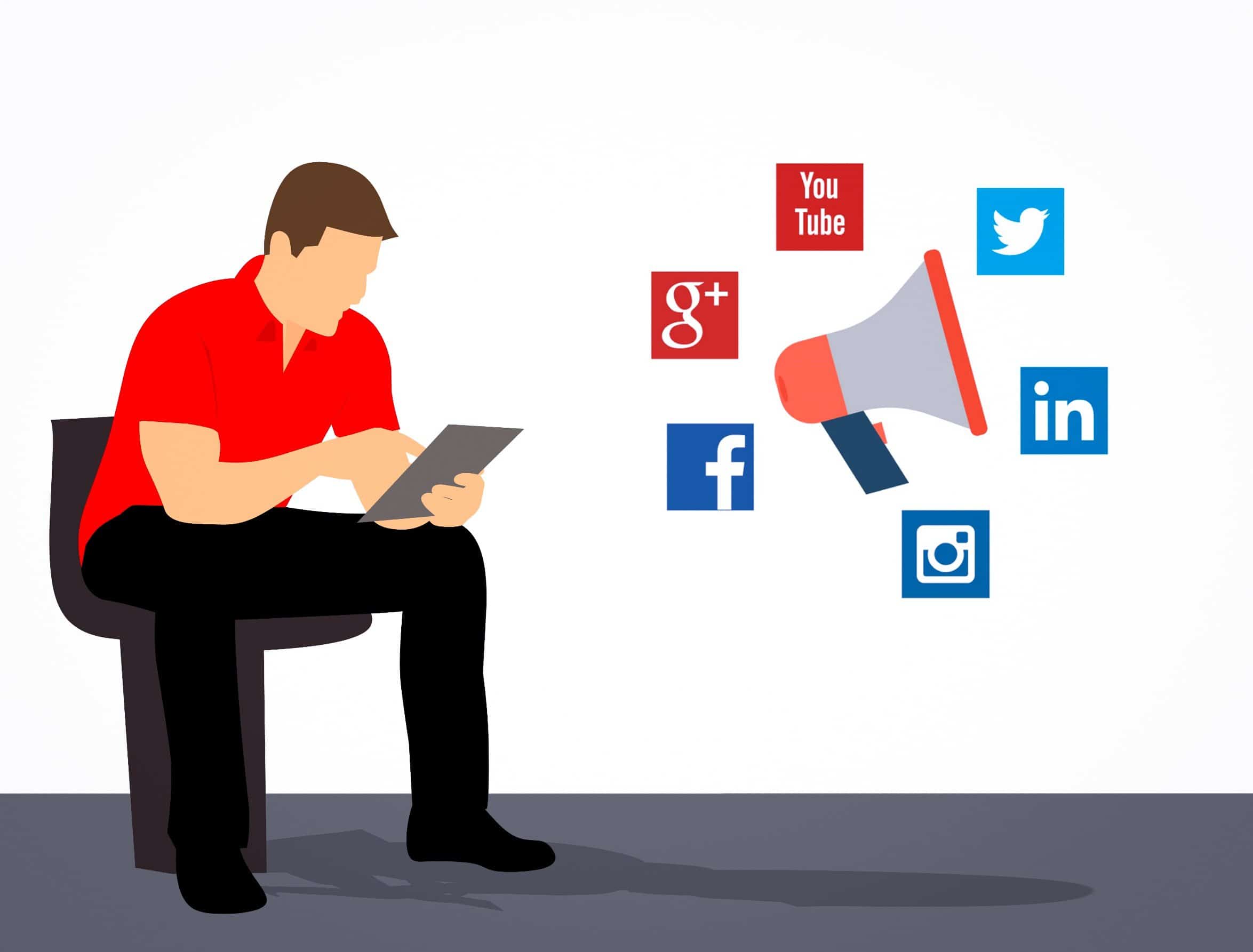Today’s biggest healthcre challenges relate to improving health education and introducing digital elements to healthcare service provision. Medical schools around the world are struggling to provide the best knowledge to their students, but everything might become a lot easier with the help of medical informatics.
Instead of looking at technology as a must, medical professionals and educators have to look at informatics as more of a cultural renaissance of the medical world. While the staples of healthcare remain the same, a priority is to enable medical professionals to provide better services with less pressure and an “easier” workload.
With less pressure due to medical tasks, medical professionals can focus on diagnosis, efficient treatment, and providing premium services to patients of all walks of life. Informatics allows us to do just that and it’s high time we realized the full extent of its benefits.
In this article, we will explore the eight ways health informatics is transforming healthcare and what both patients and doctors can get from this rapid advancement. If we apply all the cutting-edge methods correctly, we probably won’t “solve” or “eradicate” the most dangerous conditions, but we will eradicate everything else.
Understanding these eight ways gives us the opportunity to live a better, more active, and, by all means, longer life.

Photo by Rodion Kutsaev on Unsplash
-
Better and more efficient data storage
For a long period of time, most medical facilities used old-school methods to store patient records. Even today, a large number of hospitals around the world rely on paperwork and outdated methods of patient data storage.
This is perhaps the biggest problem in modern healthcare and has to be addressed as soon as possible if we are to advance as a society. The data storage problem can be best observed through these “sub-problems” of data storage:
- Accessibility. Whenever a patient arrives at a facility, it takes a fairly long time for data to be reached and for the right information to be available to doctors. Although it might take the nurse three minutes to get the right file, this process is multiplied a hundred times each day and that leads to valuable time being lost.
- Increased workload. Reaching data in outdated ways puts extra stress on the entire personnel of a medical facility. Again, these tasks might be small when looked at individually, but they put a strain on medical professionals and hinder their ability to work efficiently throughout their shift.
- A lack of updates. If a patient has a new condition or something else happens, it’s hard to update data and provide a sufficient platform for further treatment.
Looking at these problems, we see that health informatics can solve them easily. Using cloud software and innovative solutions in the field of medicine, both patients and medical professionals can reach patient files and records in a second’s notice.
When they’re stored on a cloud server, patient files are safe from being lost, misplaced or damaged in case of a disaster at the facility.
With easily accessible data, doctors can establish a diagnosis and even consult with other professionals, if there is a need for such a thing. The whole point of digitalization is to provide easy access for faster processes throughout the healthcare industry.
-
Improved healthcare marketing
When looking at health informatics, we can’t ignore the aspect of health marketing. Marketing isn’t just proving that one medical practice is better than the other or that there are concrete reasons for such a choice. Healthcare marketing revolves around education and that makes it a unique niche, which must be understood by both marketers and healthcare professionals.
With informatics, private practices and hospitals have the ability to introduce their brand like never before. For example, one emerging trend in health care is informative blogs (more on healthcare education in the next section). Instead of just boasting with testimonials and reviews, practices can advertise through providing knowledge.
Many practices use social media platforms to introduce themselves to patients. With videos, images and informative content, a patient won’t have to estimate or “guess” what his or her experience will be like. Instead, they will establish an opinion right away and reduce the risk of subpar service immensely.
This modernization will reflect on the industry as a whole. Service quality is now transparent, which means that every single hospital or practice will be urged to up their service. As overall quality is at a higher level, there will be no more monopoly from one or two practices in an area. Services will be far more accessible and prominent.
-
Patient education and prevention
The moment we hear the word “modernization” in terms of medicine, we are quick to think about grand goals. Curing cancer, eradicating AIDS, and becoming immortal are some of the biggest dreams of humanity as a whole.
Unfortunately, we don’t have the technology to solve these problems just yet. However, with informatics, we can get closer to this point. How can we exactly achieve that?
- Education. Every person on Earth has to know about the specifics of their organism and the way it responds to different situations and stimuli.
- Prevention. As every single person knows more and more, they won’t be able to cure cancer – instead, they will eradicate all the less serious conditions. When we become health-conscious as a society, we will achieve our goal of living better, longer lives.
Health informatics is just what we need to achieve this. More and more medical practices post informative blogs. They use content services like Essay Writing Lab and BestEssay.com to outsource content and focus more on service provision and less on marketing.
Think about it. If every person started taking better care of themselves, the average lifespan would be increased by at least ten years. Informatics allows medical professionals to share their knowledge and connect to their patients like never before.

Photo by on Pexels
-
Promoting self-monitoring
While the Internet of Things (more about that later on) is a prominent facet of modern medical advancements, doctors can’t be tasked with every single facet of a person’s well-being.
Like we’ve already mentioned, the key to improving medicine as a whole and helping people become more aware doesn’t lie in high-tech treatment methods. Instead, it lies in preventing conditions from even appearing and it’s all due to self-monitoring.
Health informatics isn’t just exclusive to medical professionals. Samsung, for instance, has developed a line of health apps that include a heart-rate monitor and other things that be essential for monitoring your own health. The Apple Watch recently saved the life of a 46-year-old father due to the detection of irregular heartbeat.
We can also learn so much on our own. Using apps like PapersOwl Review, EduGeeksClub or EssayOnTime.co.uk, practices and hospitals can provide informative content that directly leads to the prevention of conditions and improving the knowledge of each patient. As we know more about our bodies, we will learn to recognize distress signals and approach them accordingly.
This will result in doctors having more time to devote to serious cases and patients who need their help. The future of medicine, through health informatics, will be everyone being their own doctor using verified knowledge, informative content, and free-to-use resources. It’s something we all should look forward to.
-
Consistent monitoring of more serious cases
The Internet of Things (IoT) has become a game-changer in the world of medicine and has shown the potential to save lives and contribute to society as a whole. Connecting medical devices to the internet has been just an idea until the early 2010s.
Scientists have developed several methods that have helped us connect medical devices to the internet for wireless monitoring. Instead of having to go to the doctor’s office every week, patients can get input, information, and advice from their doctors in real-time.
Going to the doctor’s regularly may be seen as a positive thing today, but it’s negative in the long run. This is because of two main reasons:
- Valuable time is lost. With more serious conditions, every second counts. For people living in remote areas, having to go to a hospital can be a death sentence. With IoT, doctors can constantly monitor the condition of a patient and give them valuable pointers and input.
- Medical professionals will work less efficiently. When people come to their office, doctors have to devote every brain cell to helping them. Doing this for an entire day puts a strain on the mind and decreases efficiency. With IoT-powered devices, we can limit visits to the doctor’s office to just emergencies. With more time and more energy, every treatment will be more fruitful.
In the future, we won’t be seeing our doctors at all. Imagine wearing special bracelets that allow you to contact your doctors and for him/her to monitor your condition. With real-time data, you will find it easier to take your health into your own hands.
-
3D organs and limbs
One of the most prominent problems in the healthcare industry is providing organs for people that need transplants.
Waiting lists can be static for up to a decade and people are losing their lives because they can’t get a new heart or a kidney. Health informatics is currently on the road to including 3D printing technology and software to standard practices.
How will this work, exactly?
- A patient (who is constantly monitored by their doctor) will get a notification or an alert about their condition. Once they know they need a new organ, they will be ready to plan further treatment.
- With 3D printers, we will be able to print real tissue cells and make ideal organs for every patient. Waiting lists will be nonexistent and organs will be created in front of the patient.
- This movement might even go a step further. Imagine having a visitor to a surgeon every ten years to replace all the vital organs with new ones. Our lifespans will increase drastically.
Prosthetic limbs are already being 3D printed from titanium and other strong materials. Patients are living quality lives, paying less money than for custom prosthetics and there are no waiting lists. The future isn’t far off. Perhaps the only thing left to take care of is standardization, which is the least problematic obstacle.

Photo by on Pexels
-
Robotic service
In surgical procedures, no matter how adept the surgeons are, human error is still a big problem. The margin of error is small and one wrong move can end a person’s life.
In fact, medical errors are the third leading cause of death in the US, with 250.000 people losing their lives this way on a yearly basis. AI and ML are a big part of health informatics and we may soon see the inclusion of medical robots.
At first, they will do basic tasks like measure vital signs, bring equipment, and assist human surgeons. But what will happen when technology becomes so advanced that human participation becomes minimal? In just a few decades, we may see robot surgeons with super-intelligent software that can detect anything.
Of course, they will be constantly monitored by software engineers, medical professionals, and other people. Even though it seems futuristic, robotic surgeons bring these benefits to medicine:
- They can’t become tired and make mistakes
- They can be specialized
- Doctors can control them
- Not only will they perform surgeries, but they will help with recovery and detecting any other symptoms or conditions
-
Privacy
We can’t forget about data confidentiality and patient privacy. Using blockchain technology, medical professionals are already experimenting with new methods of data encryption.
There will be no more data breaches and issues concerning compromised data. Whatever a doctor writes, records or observed will be absolutely safe and out of harm’s way.
People will have more faith in their doctors and won’t hesitate to provide vital information. Out of all the benefits of health informatics, blockchain-powered privacy benefits are perhaps the closest to becoming a standard.
Remember – don’t get your hopes up if a new solution arises. It takes years for every discovery to pass tests and to become a standard. Blockchain, however, is around the corner.
Concluding thoughts
To understand the benefits of health informatics, we first have to understand the problems that modern medicine faces. There is a dire need for efficiency and better storage of patient data, as well as improving the contact between patients and medical professionals. The patient experience will continue to drive healthcare practices and procedures.
With cutting-edge solutions like IoT, healthcare wouldn’t be a thing of habit. Doctors will be able to track patients’ health status at any moment, with interactive alerts for treatment and everything else included. We might be a long way from accomplishing our goals, but we are definitely on the right track.









